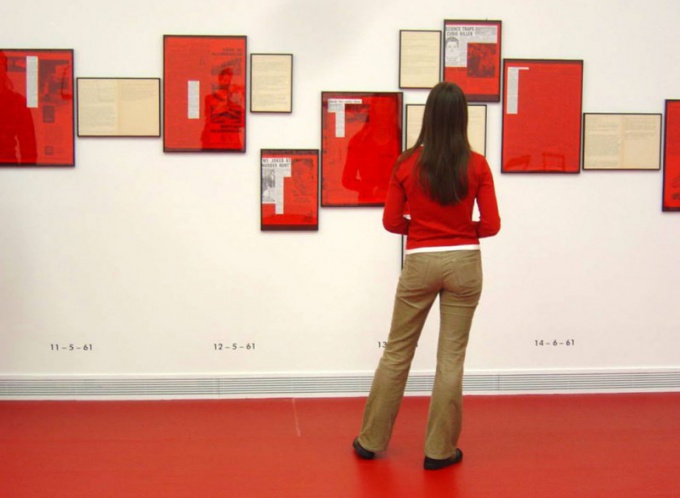Instruction
1
Define the thematic specificity of the Museum. Before its registration, you need to decide what it does what is intended to do. For example, one school is a way to draw the child to the history of its creation and another opportunity to demonstrate what is being studied during lessons.
2
Use for design of school Museum display cases and stands. The first will protect the exhibits from damage, and the second will make the presentation of the material more visual.
3
Divide the room into zones. Exhibits should be set so that between them the link. If the Museum has a historical character, for example, reflects the history of this school, all objects are best placed in a circle in chronological order. It will be convenient to grasp and facilitate the work of tour guide or teacher performing its functions.
4
Focus on one thing, if there is such a need. For example, the most important and significant exhibit can be placed in the center of the room. On the one hand, will save space and will not interfere, because the school Museum does not imply the presence of a large number of people.
5
Consider the color scheme. Usually walls and ceilings in museums are neutral shades that do not attract undue attention.
6
Pay attention to lighting. It plays a big role, especially if among the exhibits presented in the Museum's collection are paintings. The right lighting can make them even more impressive. Do not expose the school of the Museum of the sunlight: this can have a negative impact on the condition of the exhibits.
7
To maintain the level of temperature that is necessary to ensure that the collection is preserved for years to come. Avoid excessive humidity or dryness.
